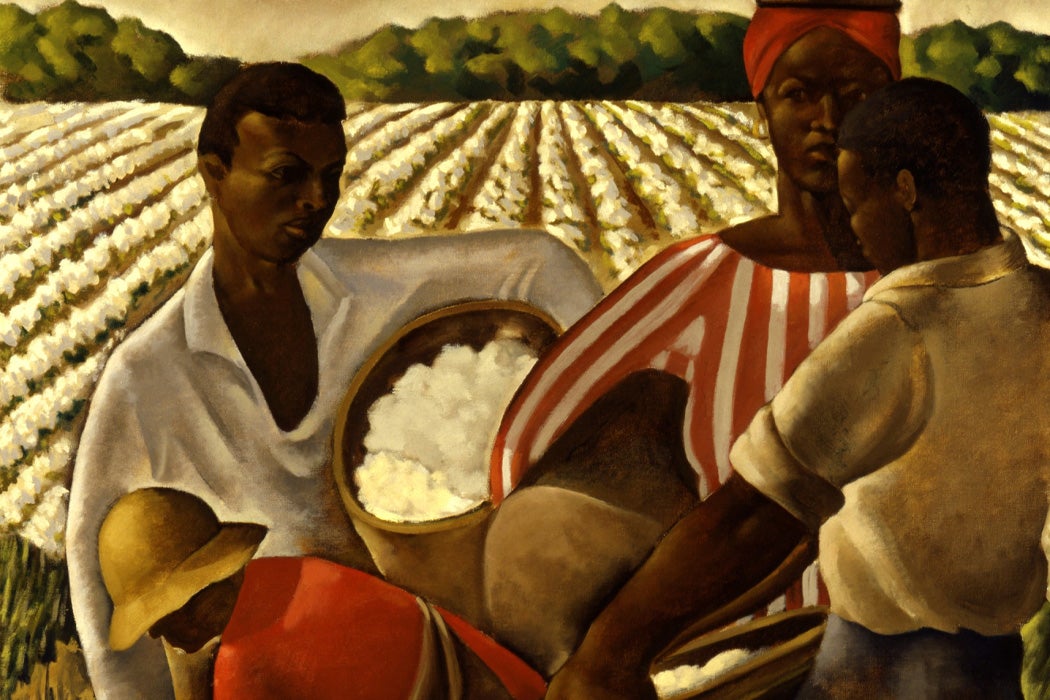The Great Migration during the first half of the twentieth century is one of the epic demographic transformations of the United States. People left the rural south in droves, and headed to Southern cities and, more numerously, to Northern cities. During the 1910s, for example, the South saw an out-migration of 450,000 African Americans. During the 1920s, an additional 750,000 moved away. In 1900, 90% of all African Americans had lived in Southern states. By 1930, it was 79%.
Sociologists Stewart E. Tolnay and E. M. Beck cite these numbers in their exploration of how violence pushed African Americans to leave the South. Traditionally economic and social conditions, as well as natural disasters, have been identified as the primary causes for this demographic shift, which continued through the 1960s—by 1970, 47% of all African Americans lived outside the South. As Tolnay and Beck explain:
During the late nineteenth century and early twentieth centuries southern blacks were exposed to truly incredibly levels of lethal violence, both at the hands of white mobs and within the white criminal justice system.
Tolnay and Beck don’t claim that white supremacist terrorism has been ignored by historians of the Great Migration. But this racial violence has typically been considered a secondary factor. Tolnay and Beck argue that for some counties in the “black belt” of South Carolina and Georgia, it was more than that.
They show that the “exodus from southern counties was not uniform across the south.” The counties stretching across the north central border of South Carolina and Georgia had a record out-migration rate of greater than 35 per 1000 people during the period between 1920 and 1930. In these counties, “blacks were more likely to leave areas of more frequent lynching, and heavy out-migration was associated with lower levels of racial violence in following years.”
Once a Week
One possible reason was the white response to migration. Tolnay and Beck describe the southern economy as “extremely dependent upon cheap black labor.” This led to a class divide among whites responding to the migrations. Elite planters and employers, fearing the loss of their cheap labor, tried coercion to keep their labor population in place. When that didn’t work, they raised some wages, and, in some areas, called for a reduction in violence directed at blacks. Many white laborers, on the other hand, considered African Americans their competition. They increased violence, targeting their African American neighbors in order to chase them away.
Lynching was an important mechanism of social control as whites sought to keep blacks in their subservient and impoverished position in southern society…Many blacks responded to this threat by fleeing to less violent surroundings.
It’s hardly surprising that people would try to escape such a reign of terror.







